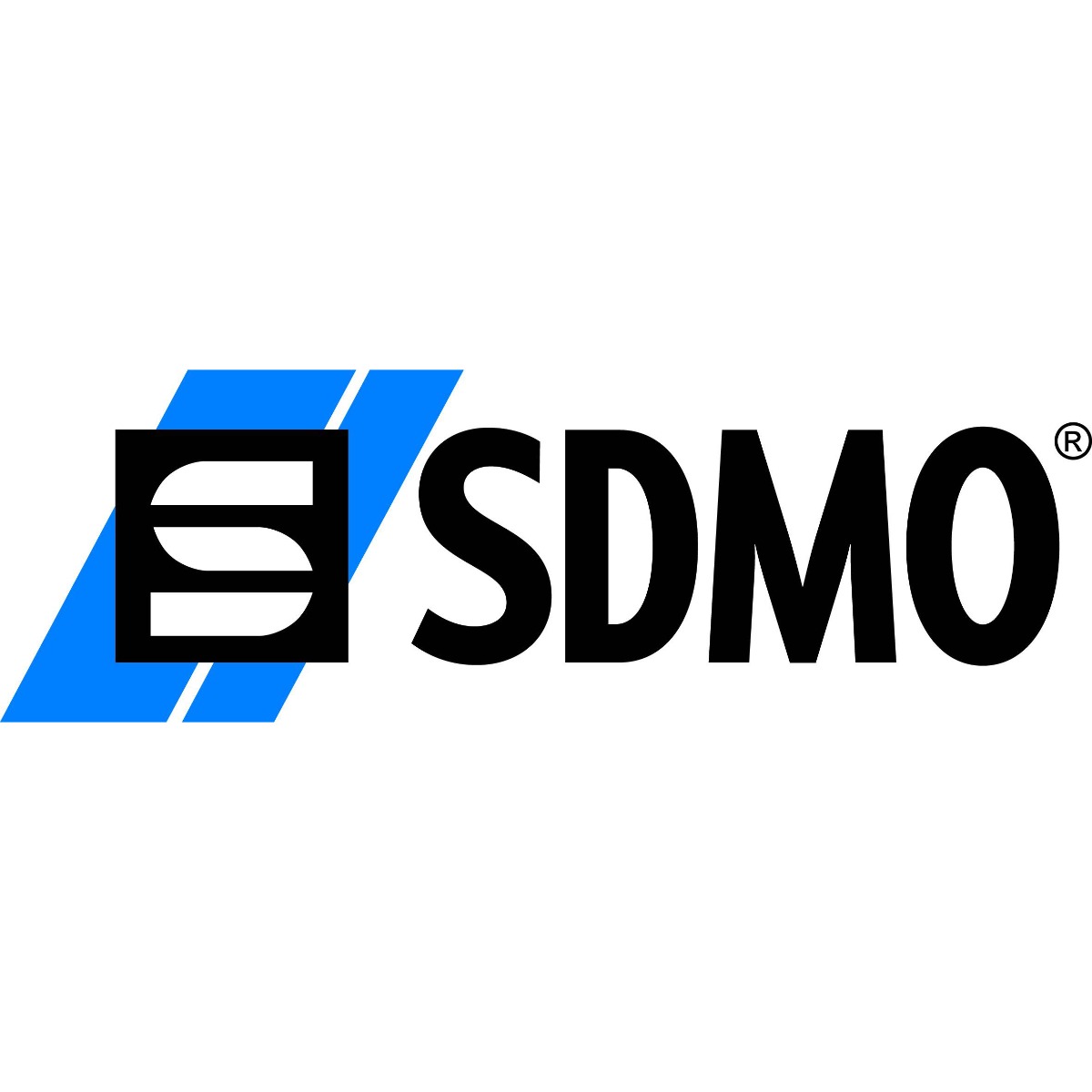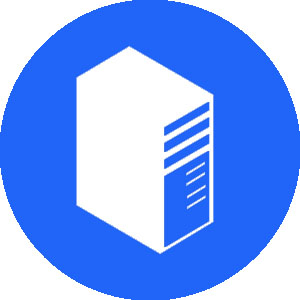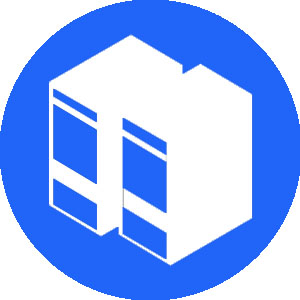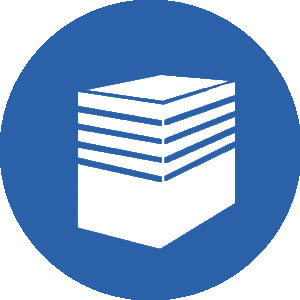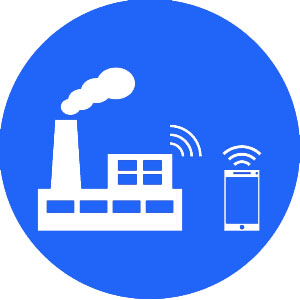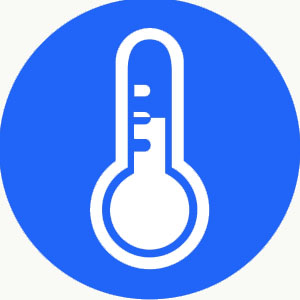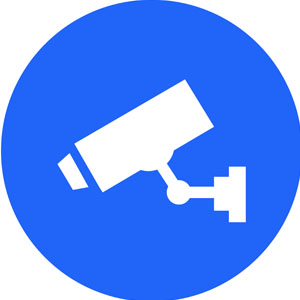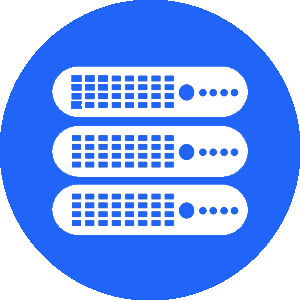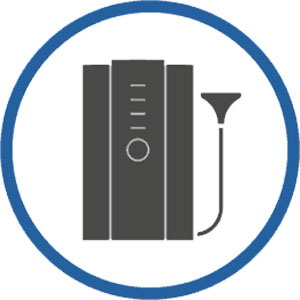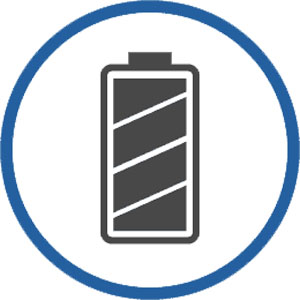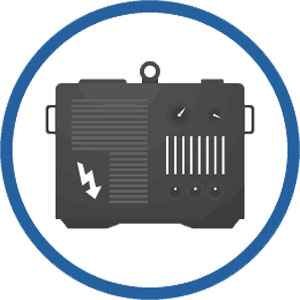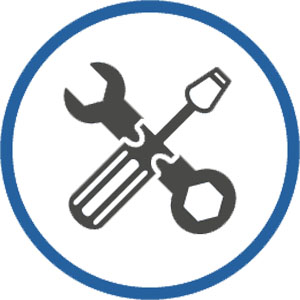Powering the edge: designing standby power solutions for edge data centres
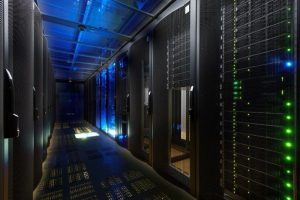 There are several essential requirements when it comes to designing data centres: power, cooling and network connectivity. Its vital to ensure that your power supply is stable and sufficient and will prevent damage or data loss. In edge data centre applications where IT infrastructure is installed in non-standard locations, this can be particularly difficult. Off-the-shelf data centres can help to simplify the design, but these arent suitable for use in all situations. By understanding the current and future requirements of your system and the importance of the data and services it hosts, you can design a system that is robust and reliable.
There are several essential requirements when it comes to designing data centres: power, cooling and network connectivity. Its vital to ensure that your power supply is stable and sufficient and will prevent damage or data loss. In edge data centre applications where IT infrastructure is installed in non-standard locations, this can be particularly difficult. Off-the-shelf data centres can help to simplify the design, but these arent suitable for use in all situations. By understanding the current and future requirements of your system and the importance of the data and services it hosts, you can design a system that is robust and reliable.
Understanding the power requirements for your edge data centre
The first step to designing your edge power solution is to establish the uptime requirements. Can your business cope with occasional downtime? Are the systems hosted in your edge data centre mission critical? These requirements will help define the equipment you need and the complexity of your system. There are four classifications for equipment:
- Critical these systems cant be allowed to fail and must be kept operational in the event of a loss of power.
- Sensitive these systems must be shut down carefully and may require additional powered time to back up data.
- Essential while these systems must be kept running, they can withstand short shutdown periods.
- Other these systems can be allowed to fail and may not need any standby power.
Designing a standby power system for an edge data centre
If your edge data centre will host systems that are classified as critical or essential, a standby power system will be required. This will usually comprise of an uninterruptable power supply to clean and condition the power supply and provide short-term, no-break power with its batteries. In addition, a generator or long-term battery storage system will be required. While battery technology is continuing to improve, only generators can currently offer the long-term autonomy required to keep critical systems running for extended periods of time.
Defining your power requirement
In order to design an effective standby power system, you need to understand the power demands of your equipment. Your standby power system needs to support all the equipment required to keep your critical and essential systems running. This goes beyond servers to include cooling equipment, emergency lighting and access.
Uninterruptable power supplies (UPS) for edge data centres
For a standby power system, an online UPS will be required. This will clean and condition all the power passing through it as well as providing no break of backup power with its internal batteries. The capacity of the UPS should match the peak power demand of the systems to be protected. Air-conditioning and lighting systems may not be powered by the UPS as they can withstand short breaks in power supply while the generator comes online. Learn more about how to define your UPS requirements.
Generators for edge data centres
Generators in standby power systems need to provide more than just the peak power required by the system. They must also have sufficient capacity to charge the batteries of the UPS and make up for conversion losses. The generator may also power equipment that is not protected by the UPS, such as cooling and lighting. As such, the generator size must exceed the UPS power rating, account for any additional equipment and still have some headroom. Learn more about how to size generators for standby power.
Anticipate future requirements
In addition to your current system requirements, you should also plan ahead. Consider how the needs of your business may change over the next three to five years and account for this in your design. A good rule of thumb is to add 30% to your UPS requirement and multiply your generator capacity by 1.25 to 2, or up to 3 if additional equipment is being powered.
Factor in redundancy
If your systems are truly critical, it can make sense to duplicate your equipment in case of failure. This is often referred to as parallel redundancy or N+1. Having an additional generator capable of supporting the whole load of the system ensures continuity if one generator fails and allows maintenance and servicing to take place without losing your backup.
Get expert support with edge data centre power system design
Designing the right standby power system for your edge data centre application can be complex. UPS Systems can provide expert advice and complete design support for edge data centre applications and projects of all sizes. For more information or to discuss your requirements, please contact us.
UPS Systems have been supplying backup power solutions for over 25 years and can propose a solution regardless of the size of your requirement. If you have any questions or queries, please contact us. We can supply small UPS (Uninterruptible Power Supplies) to support a home office, to a larger UPS to keep the central server running or a diesel generator to manufacturing equipment.
UPS Systems plc supply a wide range of uninterruptible power supplies including those from Riello UPS and Eaton UPS as well as the UPS battery packs designed to go with them. UPS Systems plc also offers various diesel generators and industrial generators including 60kva generator, 80kva generator and 100kva generator from a wide range of manufacturers including AKSA generator, SDMO generator and Pramac generator.







